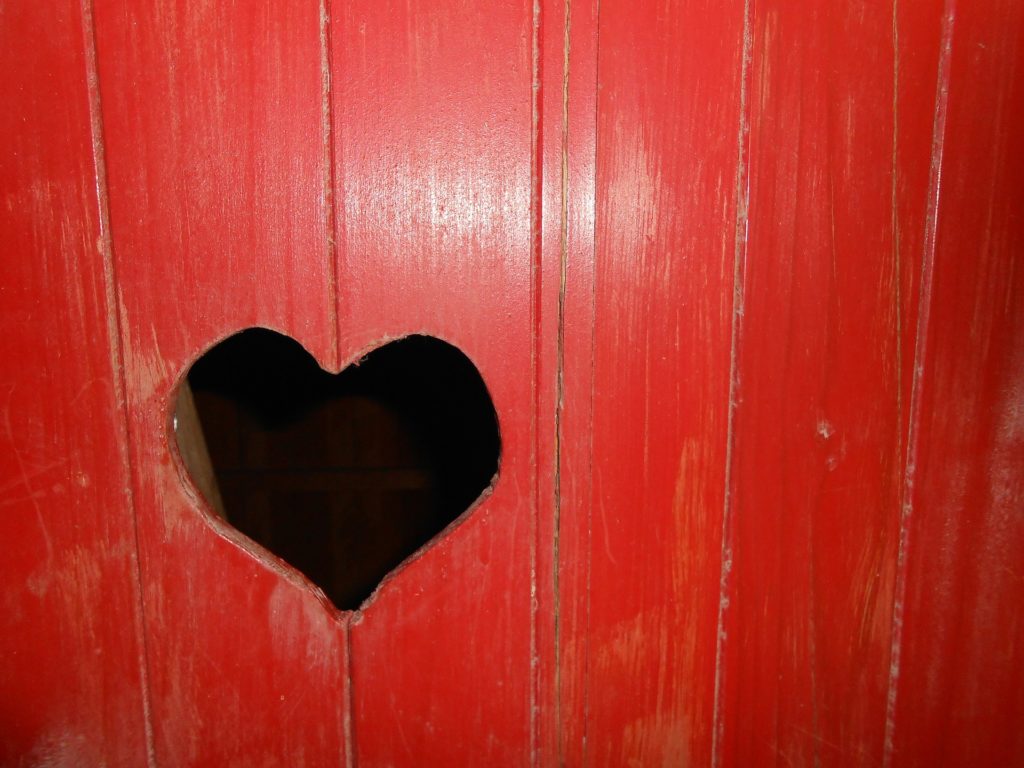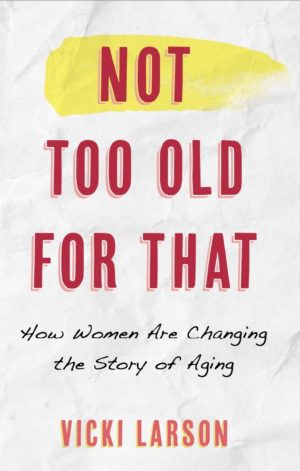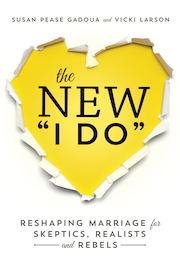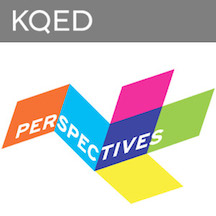We are approaching Valentine’s Day, the most romantic time of the year, according to many. It’s when we buy a card and chocolates in heart-shaped boxes, and profess our love to our one true love.
But what if you have two true loves? 
If you’re Carrie Jenkins, a philosophy professor at the University of British Columbia who has a husband and a boyfriend, you realize you don’t fit into what most of us think love looks like. You feel like a rebel, although that isn’t what you want to be. It’s just that society doesn’t offer many options for people like Jenkins.
Loving two people at the same time must not be “true” love — as if any of us can come up with a definition of love to satisfy everyone’s conception of love.
So to explore this crazy thing we call love, Jenkins has been spearheading the Metaphysics of Love Project, a three-year interdisciplinary investigation into the nature of romantic love; I attended the first workshop a few weeks ago. And she has just published What Love Is and What It Could Be. This is one of those books that makes me go deep into my own beliefs about love, along with Against Love: A Polemic by Laura Kipnis, All About Love: New Visions by bell hooks and Rewriting the Rules: An Integrative Guide to Love, Sex and Relationships by Meg-John Barker.
It’s essential reading for anyone who has romantic love, wants to have romantic love or had it and felt its sting, and even those who have no interest in it because they, too, are rebels in a society that believes everyone should have romantic love.
Biology or social construct?
Jenkins explores the two views of love — that it’s biological (relying on the research and writings of Helen Fisher) and that it’s a social construct, more about social institutions, practices and traditions, which vary across the globe.
Is love both? Is it neither? Is it some combination of both? Is it something entirely different? Does it matter?
It does matter because, as she notes, “love is an extreme sport and we don’t skydive without parachutes.” We can get incredibly hurt by it, not just emotionally but also physically — in fact, love can kill us — but so much of what we are told through rom-coms, Hallmark cards, relationships “experts” and a lot of other societal messages is that love is a big, beautiful mystery and there’s no way to explain it, nor should we. That’s a problem. Once you put love on a pedestal, you can’t critique it, leaving us vulnerable to making bad decisions. Plus it can lead to misguided thinking, such as women are “naturally” more monogamous, and once we get into what humans are “naturally” or “biologically” geared toward, we are entering dangerous territory, especially when it comes to things like marriage, reproduction, gender and sex.
So we actually need to think about love; we can’t overthink it, but we can and should question it, Jenkins tells me as we sit in a sushi restaurant on a drizzly Saturday afternoon in Vancouver, rather than just accept the romantic script. In fact, it’s a form of self-protection and self-advocacy:
What I really worry about is this idea I call it the romantic mystique — that romantic love is mystical and incomprehensible and wonderful and you shouldn’t try to figure out what’s going on with it, there’s nothing you can change, it is what it is and there’s nothing you’d want to change because it’s perfect. I’m really pushing back on that. You really do need to think about it. You are defenseless in a really extreme situation if you don’t think about love and what it is and what it’s doing, how it interacts with our decisions, our big life decisions.”
Love is not the same as marriage
There are also societal messages that the best or only “real” love is always tied to one person forever, often a sexual partner and often a partner we marry. Which doesn’t leave much wiggle room to include poly people like Jenkins, or people who are in committed relationships but who aren’t married and don’t want to be, or people who aren’t having sex, even if they’re married, or who can’t marry, or any other variations on the theme. Which, she says, either turns you into a rebel or makes you unhappy.
One of the things the book is trying to do both model and explain the value in rebellion, against norms, against traditional life expectations, and one of the serious constraints and norms that needs challenging is what I call amatonormativity, that you’re supposed to be in love with someone. You’re supposed to be in a relationship, you’re failing at life if you’re not in love with someone. And one of the people that hurt the most is those singles at heart.”
Jenkins isn’t trying to define love, as hooks is. “Whatever love is, it’s not something we’re going to be able to put in a little box with a bow on it and give it a tidy definition, and any attempt to do that would misrepresent the phenomenon, which is messy,” she says. But she has a theory about it — that love has a dual nature and when we love we’re like actors; we, the actor, are our biology and the role we play is the social construct. But even that, she says, is just a theory — one that she hopes will be challenged because it’s important that we think about it for ourselves.
This is not a process that ends. It’s more like a muscle you train, and once you’re strong in it you keep being as aware as you can be. But it’s very easy to let that muscle whither away from lack of use because we’re told not to use it. We’re told not to think about it. Love will just happen to you, out of the blue, it will literally just come at you and when it comes, you won’t have to think about it — you’ll just know. That’s a phrase we hear a lot; you’ll just know, and this is not helping anybody.”
No, it’s not!
A better version of love
Still, where does it leave poly people like herself, or asexuals or people who don’t fit the current love mold? Jenkins believes we have a collective responsibility to make romantic love “a force for good,” to make it “a better version of itself.” We can slowly stretch the “rules” of love, which we’ve already been doing; we’ve accepted interracial love and same-sex love. What’s next?
As Jenkins says, we must “keep broadening the social role of love until it no longer imposes any substantive constraints.”
And that would actually make love a lot more loving.
Want to create a more loving marriage? Read The New I Do: Reshaping Marriage for Skeptics, Realists and Rebels (Seal Press). Order the book on Amazon, follow us on Twitter and like us on Facebook.

















I am so glad to see you write about this. Love and marriage are not a one size fits all proposition. Societal norms say one thing, but the human heart screams out for more alternatives that actually work. I had a girlfriend in college (long ago) that wondered if she could love two people at the same time, her boyfriend at home and me. I thought about it and told her I didn’t think so. What an idiot I was.